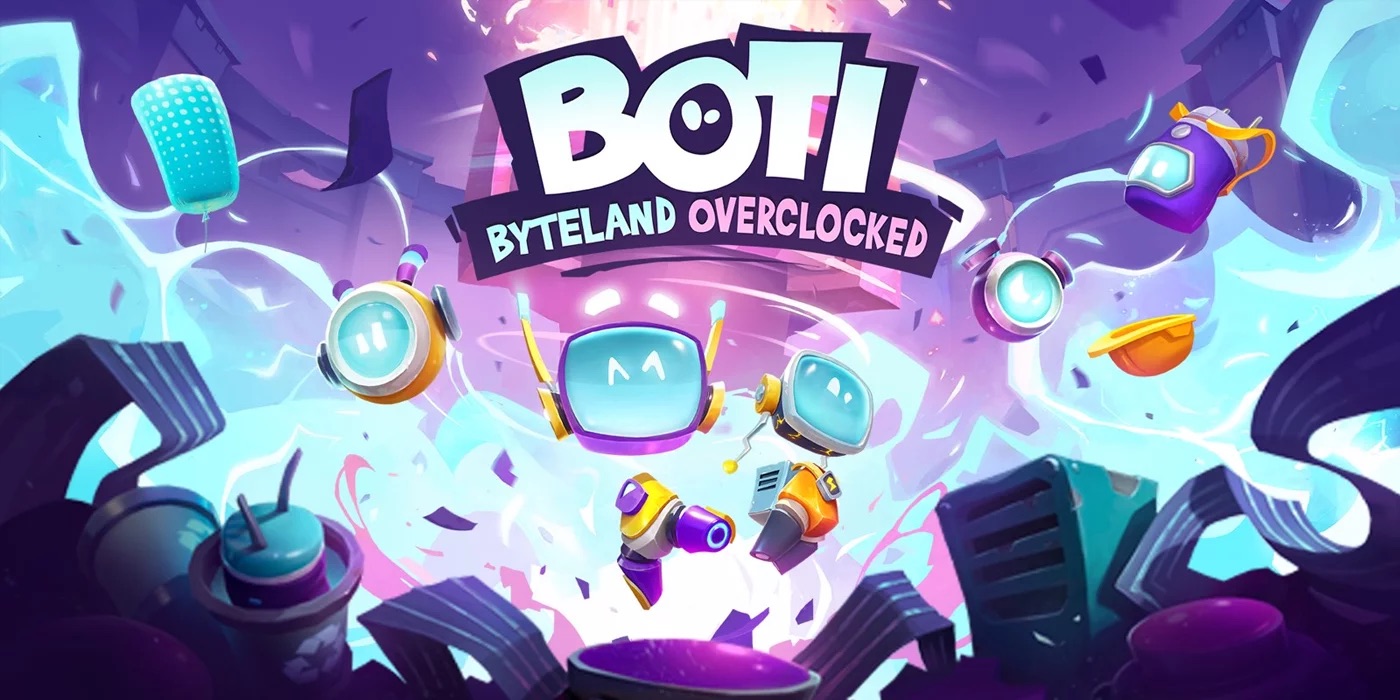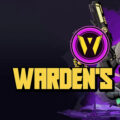Note, this a written version of our video review of Boti: Byteland Overclocked – check it out below!
The platforming genre will always be one dear to me, in its ability to challenge one’s mechanical skill, spatial awareness and puzzle solving, whilst being able to explore unique and interesting landscapes. From personal loves such as the 2D showstoppers Celeste, Ori and Shovel Knight, to the 3D masterpieces like Mario 64 and Crash Bandicoot, I thoroughly enjoy bounding through levels, peeking around every wall and collecting everything possible. Boti: Byteland Overclocked (Bytelandfor short,) takes a good shot at this, but perhaps with an aiming sight that’s a little bit off-centre. Developed by Purple Ray Studio, a Warsaw based independent game development studio, this is their first major game project. Getting my hands on a brand-new IP was a treat and I couldn’t wait to jump, punch and slide through this byte sized world.
At A Glance
| BOTI: BYTELAND OVERCLOCKED | |
| Positives | + Fun, bright and vibrant art style + Tonnes of collectables to keep you busy + Lots of potential for the speed-running community |
| Negatives | – Lots of weird and wonderful bugs that made exploration unnecessary – Story was pretty tricky to follow – Music was uninspiring and just filled the silence |
| Overall | 6 /10 |
| Played On | PC |
| Also Available On | |
You take control of Boti, a cute little voiceless courier bot who has been freshly installed, set out to improve and maintain our PC. Under the command of the task manager, Kernal, we soon find ourselves in the midst of a crisis. Embarking on an adventure through the realms of the desktop, we battle baddies such as viruses, worms and glitches, whilst investigating the threat of catastrophic shutdown to the system. Byteland’s overall story is somewhat simple, but not the easiest to track, as plot progression dialogue is few and far between, and what is told perhaps could have been clearer. There is a fair amount of technical computer lingo which I’m not entirely au fait with, so there is a chance others would understand elements of the story easier than I. This did mean that for a while I felt that I was simply punching and jumping through levels, going through the motions. Then once the penny dropped, I said to myself “damn, should I have seen that coming”, but before long, I picked that penny right back up and was scratching my head with it at the end credits, wondering what just happened.
During your adventure, you are assisted by two floating info bots – One and Zero – that take on the classic trope of ‘good and bad shoulder angel’. I love this dynamic, as it will always remind me of the excellent angel duo that sit on Kronk’s shoulders in the film, The Emperor’s New Groove. One and Zero have their moments, where they point out collectables or points of interest nearby. The banter between them however got very repetitive, and fast. Having more variation in their dialogue or unique discussions between them would have felt more refreshing, so even if the odd voice line was looped it wouldn’t have been so obvious. The cast of characters in general are a couple of handfuls in number, with each being voice acted. At times the voice clips felt jarring as they would cut off early or overlap into each other slightly, but in any case, it did give each bot that extra bit of personality. I really enjoyed Kernal’s in particular, an extremely clever way to represent the Kernal of a computer (a programme that generally has control of everything) as an army Colonel, commanding his bot troops.
If you like collectables, you will not be short of them. The game encourages you to smack literally everything you can see. There are two currencies in the game, megabytes and botcoins. You collect MB as data in order to unlock paths to progress in each level, and then in tandem with botcoins, you spend to upgrade yourself as well as on outfits and décor of your HUB home. I did find the upgrade tree glitchy, as I managed to increase my health bar to max straight away, then later in the game it continued to spend cash on already maxed out trees, whilst not spending it on another that I could afford. Hopefully just a simple patch job if I wasn’t the only one that experienced this. Other collectables include outfits, Kernal recordings, and trophies from the many, many, many slide challenges.
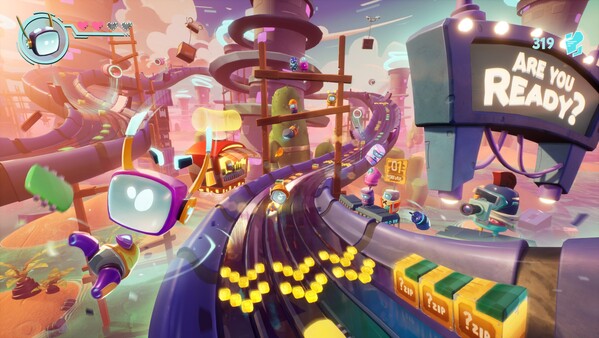
Your move set is quite streamlined, with a minimalistic skill tree to invest into. Keeping things simple is no bad thing, as it then allows the player to focus on old school platforming without too many bells and whistles to hold your hand. However, I couldn’t help but wonder if there was some scope at incorporating a few more moves or upgrades to give more variation to Boti’s playstyle and manoeuvrability. You can either play using mouse and keyboard, or as I did by using a controller. From the ever-faithful dash to the ground clearing butt slam, movement does feel responsive and impactful. There were a couple of elements I did feel could be improved on though; the ground pound does leave you immobile for a fraction of a second, which I felt ruined the flow of movement and left you briefly vulnerable. Also having the ability to run faster would have been nice, I ended up utilising the jump dash to get around as I found there didn’t seem to be a cooldown this way, whereas a dash along the ground did have one. For the most part I thought that movement was tight, apart from the hovercraft elements of the game, which is a shame because the tracks and obstacles are a great design and are clearly built for speed. It felt like I was sliding around, pinballing off the walls, unable to take sharp corners to collect all the data or avoiding pitfalls.
One ability I did like is the scanner, which is an incredibly helpful tool you pick up at the beginning of the game that allows you to scope the surroundings to easily see what to interact with. Green means “collect me or destroy to collect me”, yellow is smackable or interactable, and red is a bad guy… which is also smackable. So in short, if there’s a colour to it, punch it. At the risk of sounding like an American Policeman… There is one drawback in that it seems to be on for a set time, even if you enter a cutscene.
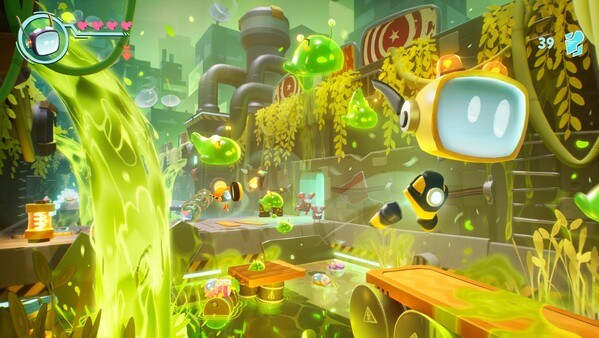
Now with every good platformer comes a soundtrack that elevates and enhances each level, whilst also ending up being so damn catchy you can’t help but stick on in the background whilst cooking dinner. Something that you enjoy listening to when you inevitably hear it again and again after each death, or when replaying for 100% completion. Byteland has a soundscape that does well to match the levels with its mix of synth and electronic beats. However, aside from the bop that is this hovercraft segment, I did think that a lot of the music just filled the silence, as opposed to elevating my experience of the levels.
Visually, I really liked the design of each component of the PC you explore, the vibrant colours and playful art style do bring the concept of internal PC parts to life, though, it doesn’t take long to notice striking similarities in both design and concept to Astro Bot off PS5 fame. Purple Ray Studio are not asking players to leap very far for their comparisons.
Performance was no issue running at a smooth 70-80 FPS. The user interface is simple and understandable, although the game seemed to read my inputs as if they were from a PlayStation controller as opposed to an Xbox one, such as having a big triangle instead of Y to interact with objects, this I’m sure will be fixed. The HUD I think would have been helped with the addition of a progress bar for collectables and bytes, to allow players to see if they have missed anything or have reached 3 stars before completing the level. Not that I felt difficulty was an issue – a tracker would simply have made things a little more accessible. In fact, I thought that the combat was easy, as were the various puzzles, making Byteland very accessible for all ages.
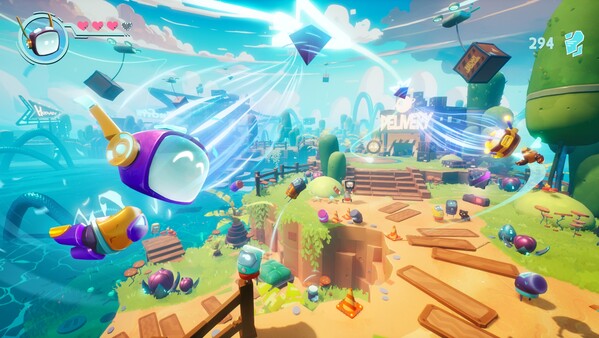
Replayabiity is a huge factor when it comes to platformers, especially those that include a plethora of collectables. The HUB world is a well utilized feature to allow players to revisit each level, and it itself is immersive with more areas to unlock and explore. Another glitch however is that I could unlock every one of these areas post-game seemingly for free, nullifying all my hard work at collecting most botcoins and thousands of bytes, which was rather disappointing. On the plus side, I can see this game being a dream for the speed running community and look forward to seeing what they can achieve.
For the most part I played solo, but there is an option to jump into the game with a friend locally or online. I hadn’t realised that default setting was having my game open to all, so was blissfully unaware that whilst I was jumping around up on the higher path of one level, a random had joined my game, beat up innocent bots beneath me and scarpered off with my data. Promptly accessing the ‘yeet’ button.
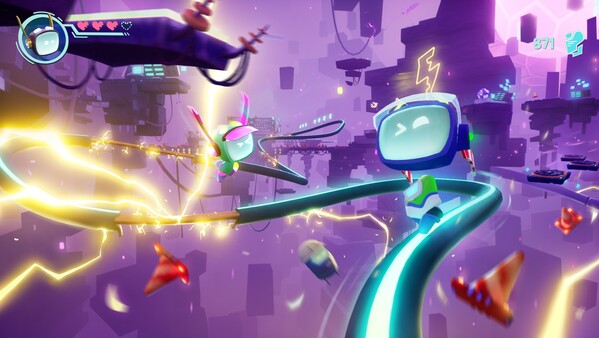
I was very grateful to receive an advance look at the game from the developers in order to review Byteland via Steam. Completing the game on a casual run whilst collecting almost all botcoins, 3 staring most levels and collecting all slide challenge trophies, took me under 10 hours.
Overall, I felt that Byteland really does have a lot of potential. Most issues I encountered were bugs or glitches that can be easily patched if not already at time of writing, as well as concepts that could be considered in future updates. As this was an advance code of the full version, the developers are still working hard ironing out the bugs and are very responsive and open with the community. There are the components here of a charming platformer, that at present feels a little rusty around the edges, but I can see really great things coming from the team at Purple Ray Studios in the future.


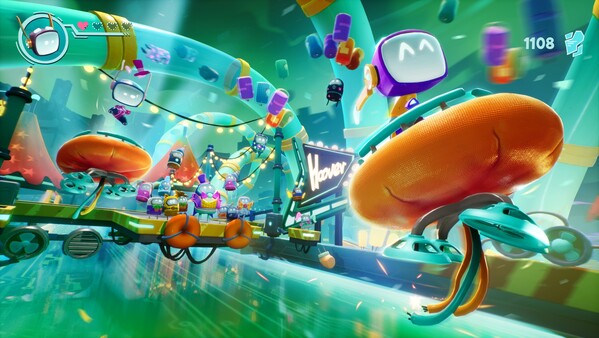

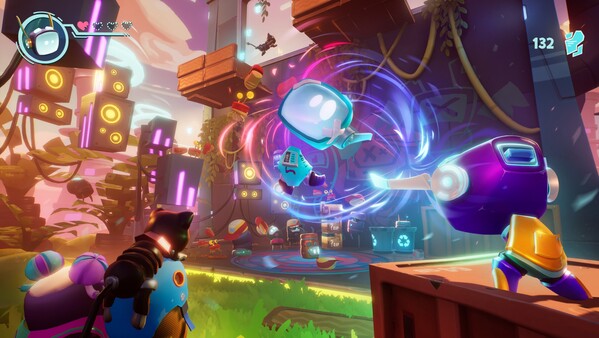
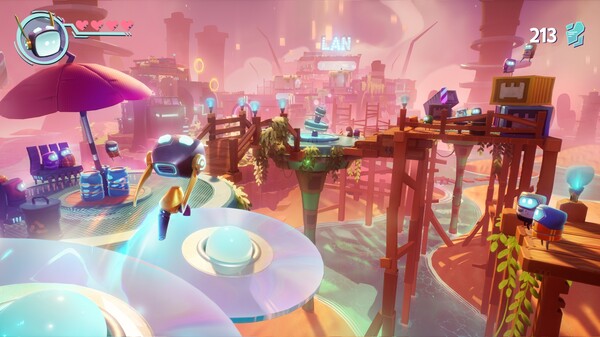
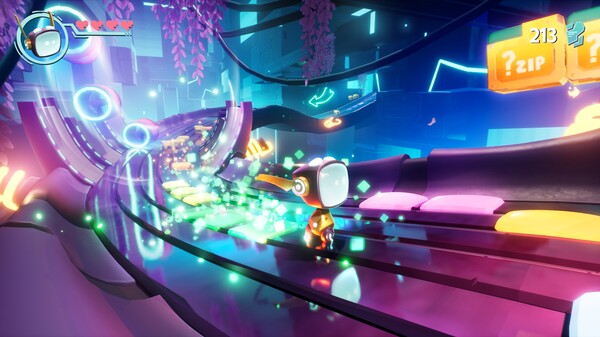

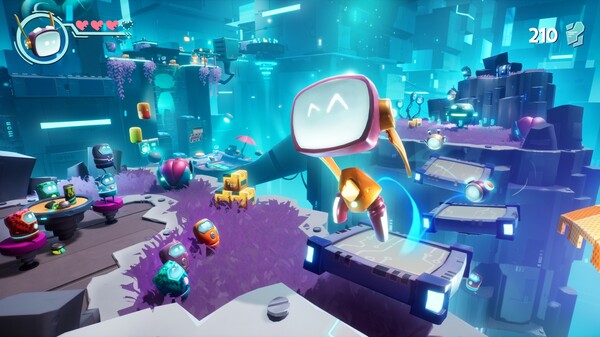
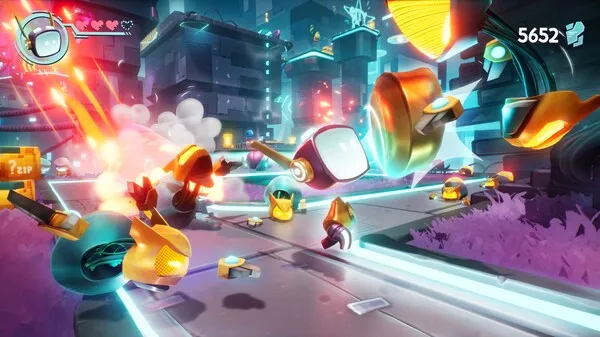
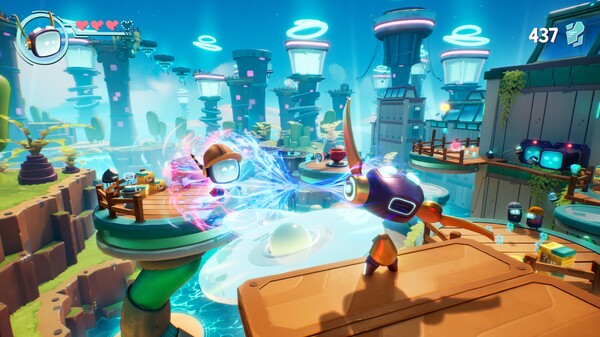
In the interest of full disclosure, VGamingNews was provided with a copy of the game in order to conduct this review.

